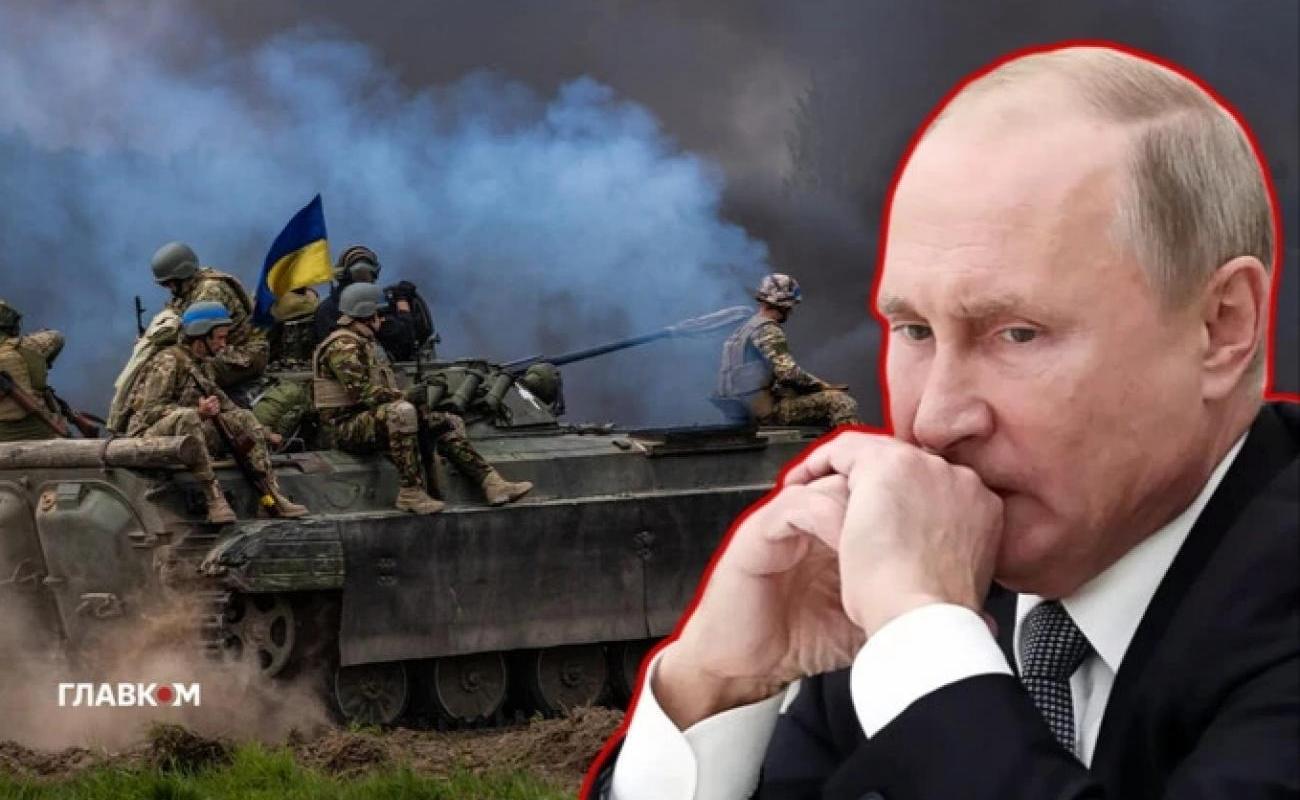Putin's ultimatum is unacceptable: how dangerous is the withdrawal from Donbass for Ukraine

The withdrawal from Donbass immediately carries many risks for Ukraine
After the negotiations between Russian President Vladimir Putin and US President Donald Trump in Alaska, information about Putin's ultimatums to end the war appeared in a number of Western media.
In particular, the international agency Reuters published a list of Putin's demands for Ukraine. According to sources, Putin's demands concern the territories of the Donetsk and Luhansk regions, which are controlled by the Ukrainian Defense Forces.
Ukraine, according to Putin, must withdraw troops from the Donetsk and Luhansk regions. In return, Russia will freeze the front line in the south (Kherson, Zaporizhia). In addition, Moscow is also ready to return small areas of the Kharkiv and Sumy regions of Ukraine, which it controls.
The second day, following the results of his visit to China, the Russian president stated that he was allegedly "ready to agree on an acceptable option" for ending the war against Ukraine. Otherwise, "they will achieve their goals by armed means."
"It seems to me that if common sense prevails, it is possible to agree on an acceptable option for ending this conflict," the Russian president said.
It is important to note that this applies to approximately 33 percent of the territory of the Donetsk region, which is currently controlled by the Defense Forces of Ukraine. These are the most fortified strongholds of the Ukrainian army, which have been formed since 2014. That is, Putin has actually declared his desire to win without blood what he could not win during the 11 years of war.
Withdrawal from Donbass immediately carries many risks for Ukraine.
One of these risks is that the cities that remain in the controlled part of Donbass are industrial centers.
Moreover, it should be noted that the Slavyansk-Kramatorsk agglomeration is a concentration of major enterprises of heavy metallurgy, processing metallurgy, chemical industry, etc. This is the industrial heart of Donbass. In addition, Slavyansk is a deposit of shale gas.
The Russians’ goal in this case is to exclude the resolution of the issue of Ukraine’s energy independence.
In addition, the area around Siversk is rich in natural resources. The Yamskoye deposit of dolomite, quartz sand, construction sand, chalk, clay and argillite has been explored and exploited here. This is what attracts Russia.
The Russians will make every effort to take control of all natural resources. That is, we can say that this war is not a war for territories as such, but a war for control over natural resources. So, we can say that Ukraine is deciding its political and economic future. Plus the issue of security. Russian forces have, in fact, faced the Ukrainian defense belt.
Security is another key detail of Donbas. Building a new defense line outside Donbas will be very difficult due to the terrain.
This is a steppe zone. It will be quite difficult to keep the situation under control, given Russia’s complete superiority in the air. To this should be added Russia’s superiority in the number of guns and rocket artillery. This creates quite serious problems regarding the presence of a new line of defense of Ukraine in the conditional Kharkiv, Dnipropetrovsk and Zaporizhia regions.
We recall that in an interview with Le Point, the President of Ukraine Volodymyr Zelensky categorically rejected the idea of giving up occupied territories, such as Donbass or Crimea, arguing that this would not bring peace, but would only strengthen Russia's positions for new attacks.
"In 2014, he invaded part of the east of our country in order to use it as a springboard for the complete occupation of these regions. If we somehow leave Donbass tomorrow, which will not happen, we will open up an unprotected space for Putin next to the city with a population of one and a half million inhabitants - Kharkiv. He will also occupy the industrial center - the Dnieper. This will open up new opportunities for him," the President said.
